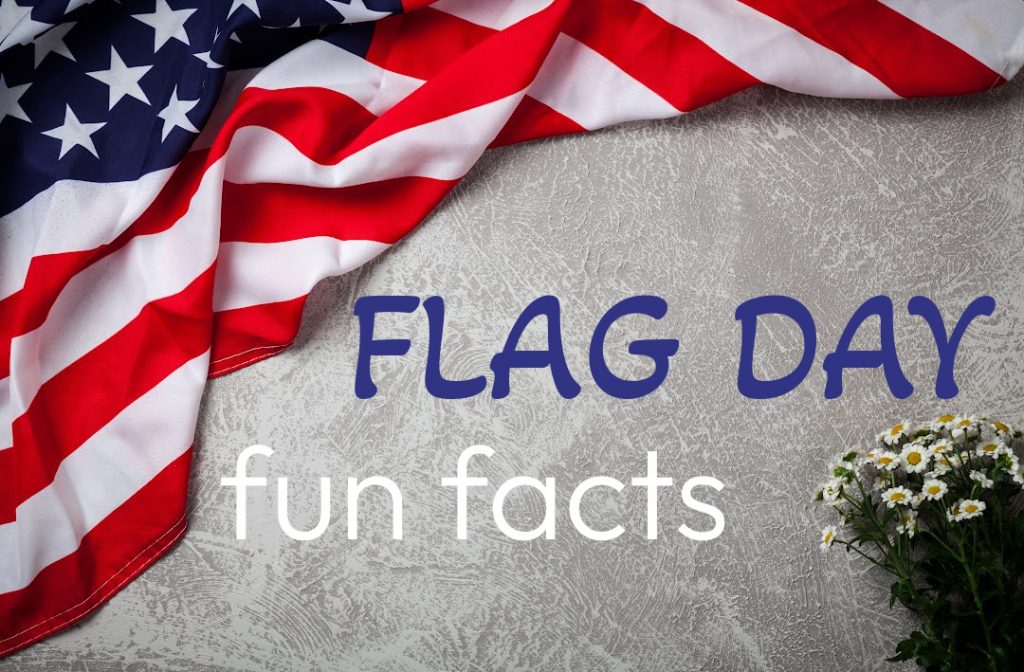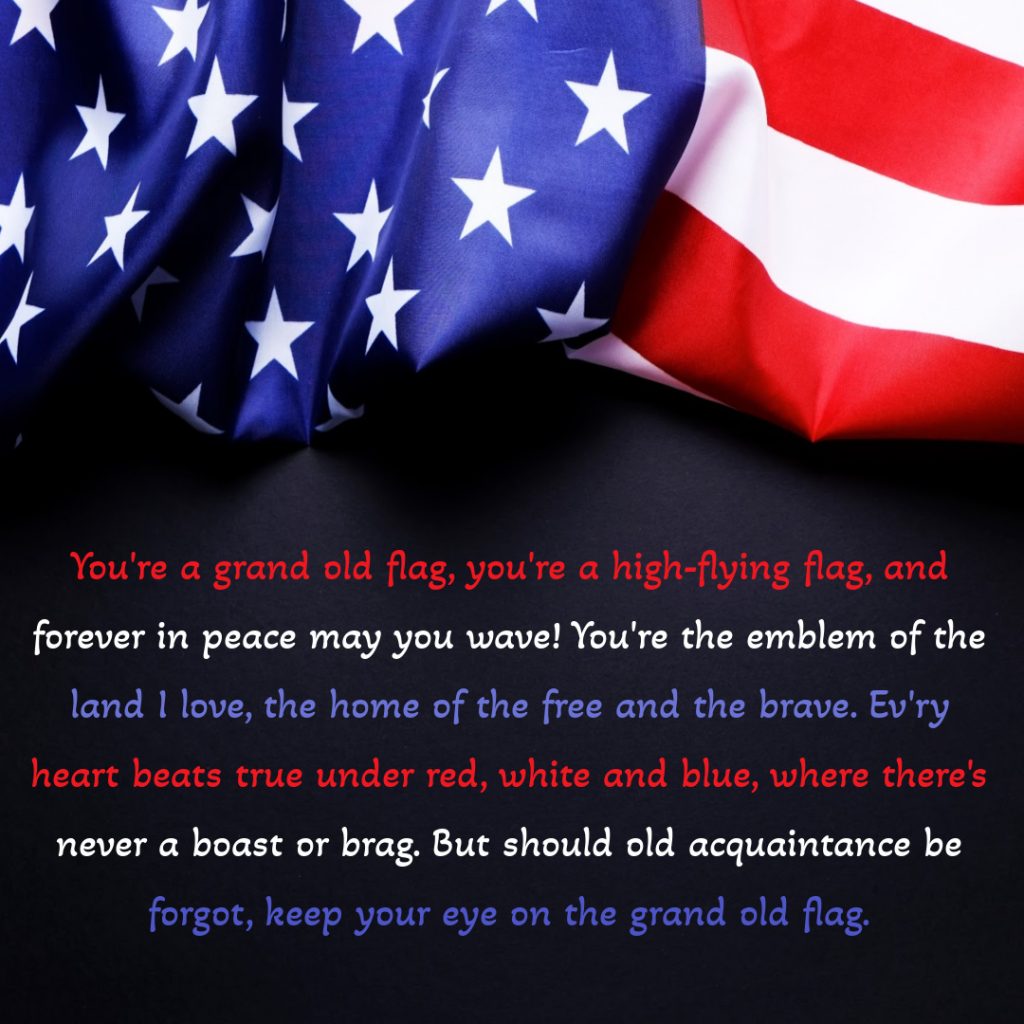Tomorrow, June 14, is Flag Day here in the United States. It’s not a holiday that gets much attention, but after seeing it pop up on my calendar year after year I decided to learn more about this day and its origins. The holiday has a surprisingly rich history. Here’s a look at what I’ve learned:

FLAG DAY ORIGINS
- Flag Day commemorates the Second Continental Congress’s adoption of the Flag Resolution on June 14, 1777. The resolution stated: “That the flag of the thirteen United States be thirteen stripes, alternate red and white; that the union be thirteen stars, white in a blue field, representing a new constellation.” (The Declaration of Independence made the adoption of an American flag necessary. Previously, each colony or special interest had its own flag.)
- The earliest record of of a Flag Day celebration extends back to 1861, when the city of Hartford, Connecticut, observed the day with a patriotic celebration.
- In 1885, a Wisconsin school teacher named Bernard J. Cigrand held the first recognized formal observance of Flag Day at the Stony Hill School. Cigrand became president of the American Flag Day Association and later of the National Flag Day Society and is generally credited as “Father of Flag Day.”
- In 1916, President Woodrow Wilson issued a proclamation that officially established June 14 as Flag Day.
- For Flag Day in 1942, President Franklin D. Roosevelt launched an international “United Flag Day” celebrating solidarity among the World War II Allies.
- National Flag Day was established by an Act of Congress in 1949.
OBSERVING FLAG DAY
- Although Flag Day is not a Federal Holiday, Pennsylvania celebrates the day as a state holiday.
- Each year the President delivers an address that proclaims the week of June 14 as National Flag Week, and all Americans are encouraged to fly US flags during that week.
- Many towns and organizations hold parades and ceremonies to commemorate Flag Day each year.

FUN FACTS ABOUT OUR FLAG
- While many people believe that Betsy Ross designed and sewed the first flag, there is no true proof of this, and various towns in colonial America have claimed to be the birthplace of the US Flag.
- One of the first flag designs had the stars arranged in a circle, based on the idea that all colonies were equal. In 1818, after a few design changes, the United States Congress decided to retain the flag’s original 13 stripes and add new stars to reflect each new state that entered the union.
- The flag has changed 27 times, most recently in 1960 with the addition of the fiftieth star for the state of Hawaii.
- The colors of the flag each hold significance: white represents purity and innocence; red symbolizes valor and hardiness; and blue stands for vigilance, perseverance, and justice.
- There is strict protocol for the display of the Stars and Stripes. Among many other guidelines: the flag is to be displayed at every public institution and in or near every polling place on election days, and at schoolhouses during school days; the flag is to be hoisted briskly and lowered ceremoniously, and on days when it is at half-staff it is to be hoisted first to the peak before being lowered to half-mast; in a procession, the American flag is to be to the right of (or in center front of) any other flag; and the flag should not be displayed on a float or vehicle except from a staff.
- A total of six American flags have been planted on the moon.
- The study of flags is called Vexillology.

Thanks for being amateur Vexillologists with me today!